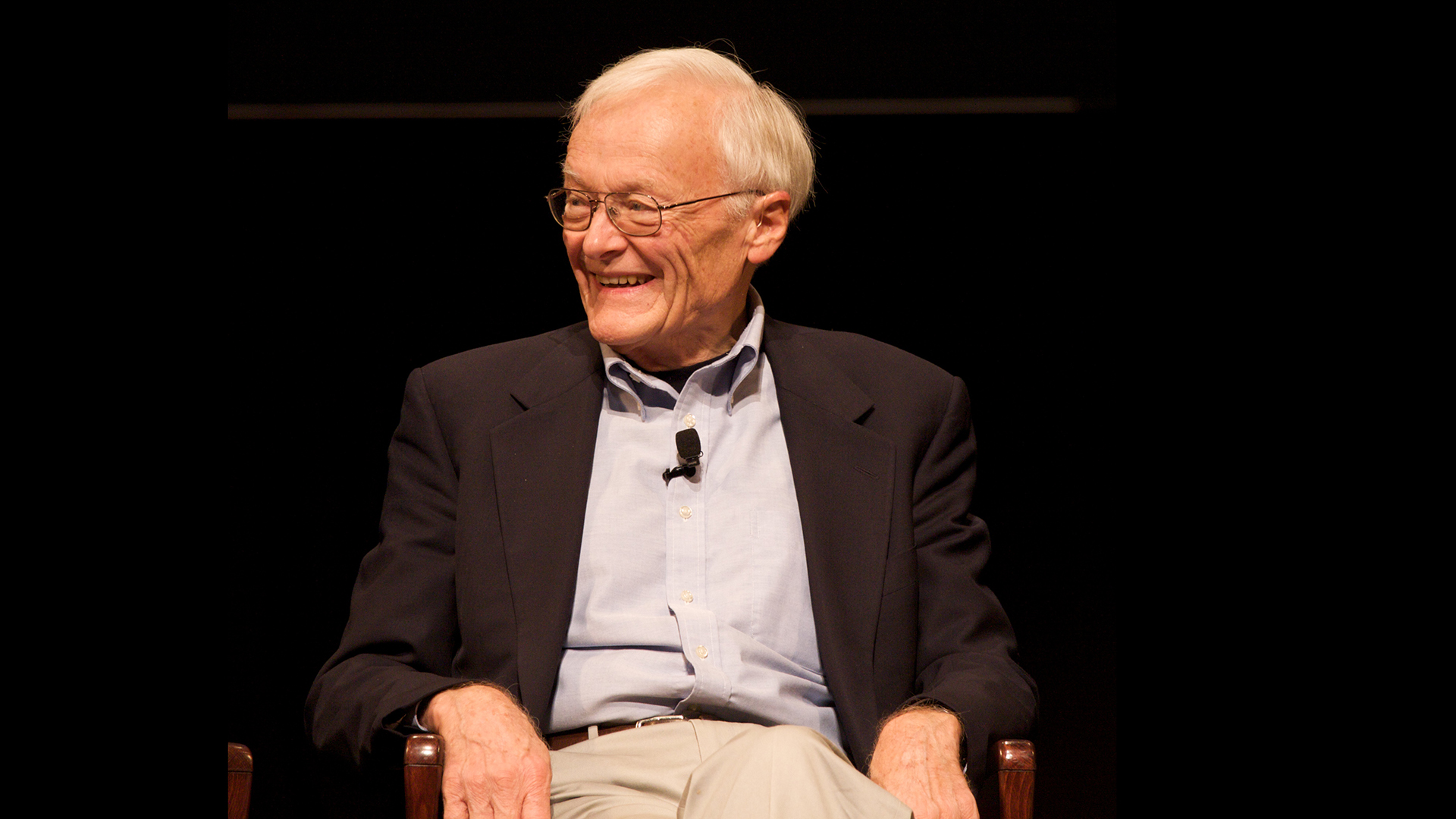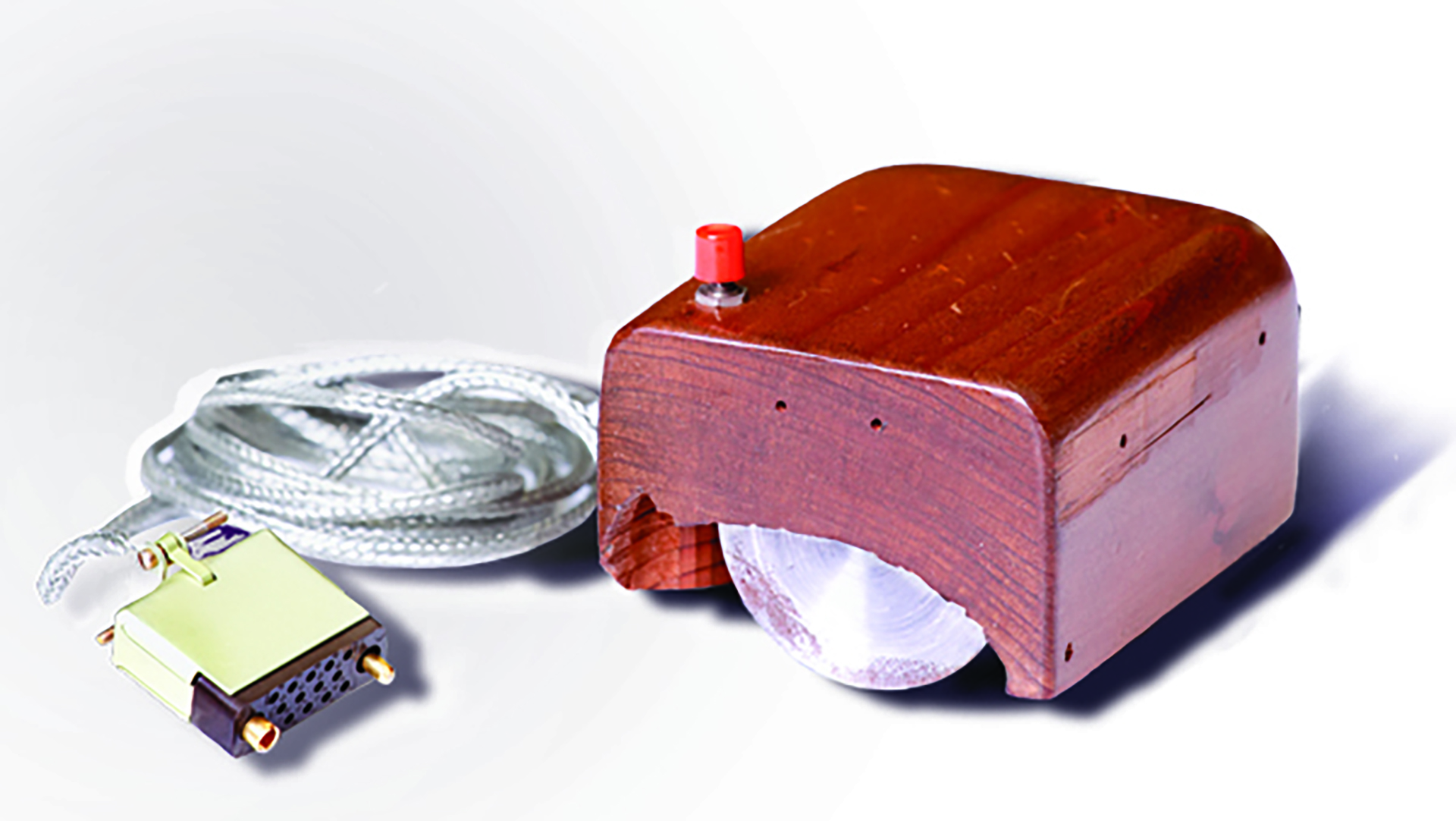William English, the co-inventor of the computer mouse, dies at 91
Bill English was the man behind the first ever computer mouse, a device that would change computing forever.

William English, the engineer behind the modern computer mouse first demonstrated in 1968, has died at 91.
It might seem like ancient history now that mice are the de facto input device for desktop PCs, but it wasn't always so easy to navigate the first wave of computers. Every move was a slog of shifting through slow input devices, such as punch cards and printouts—until William English, known to most as Bill, and Douglas Engelbart came up with a brand new invention: the computer mouse.
English worked at the SRI International's Augmentation Research Centre (ARC) under Engelbart, and was responsible for developing new innovative ways that people could interact with computers and technology.

The original mouse, as built by Bill English in the mid-'60s, was merely a pinewood block, a crude button, and a connector that's long been lost to the annals of history. It contained two potentiometers, components that could track the movement of two small wheels as a user moved the device. And while it doesn't look like much, it would kick-start an invention that would soon sweep the globe during the computing explosion of the late '90s.
The team named it a mouse after the way the cursor, at the time called a CAT, seemed to chase the mouse movement.
The computer mouse was just one of the inventions to come out of the SRI team, who also introduced bit-mapped displays and hypertext under the NLS (oN-Line System) banner. These were demonstrated during 'The Mother of All Demos' in San Francisco in 1968.
During that time, both Mr. English and Mr. Engelbart were also said to be taking part in government-funded psychedelics testing in the nearby International Foundation for Advanced Study.
Keep up to date with the most important stories and the best deals, as picked by the PC Gamer team.
English later went on to work for Xerox Palo Alto Research Centre (PARC), where he would develop a ball mouse, following previous ventures across the globe, and help develop a machine that would influence both Microsoft Windows and Apple Macintosh computers.
English is survived by his wife, Roberta; two sons, Aaron and John; a stepdaughter, Patricia; and a granddaughter, The New York Times reports.

Jacob earned his first byline writing for his own tech blog, before graduating into breaking things professionally at PCGamesN. Now he's managing editor of the hardware team at PC Gamer, and you'll usually find him testing the latest components or building a gaming PC.

